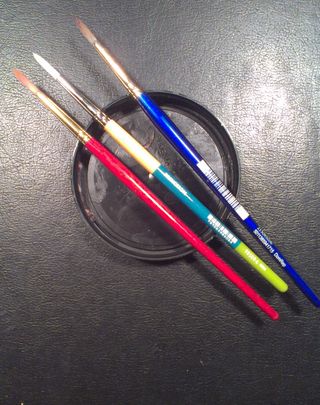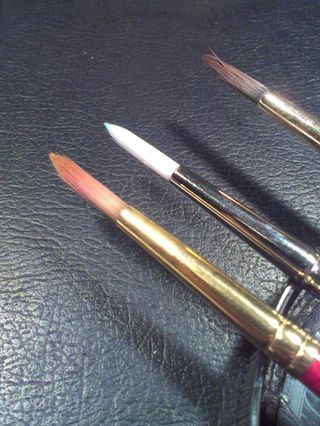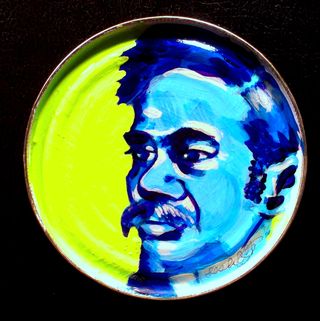Every now and again I go through my various art supplies and test them to see if they are lightfast. Here in the US, it is now unusual to find ink or stationery supplies that are highly acidic, but lightfast? Well that is a whole other ballgame. I conduct tests of the majority of my fountain pen inks, colored pencils, watercolors, and other art tools. Why? Just because it’s archival doesn’t mean it’s lightfast. Whaaaat? It’s true archival has nothing to do with lightfastness or lack of it. Archival is a museum term that used to mean that the item in question is reversible to museum archivists and that it does less to no damage to the substrate. Typically, this has nothing to do with the item in question being lightfast. Though, archival is bandied about with marketing as if it means lightfast as well as acid free.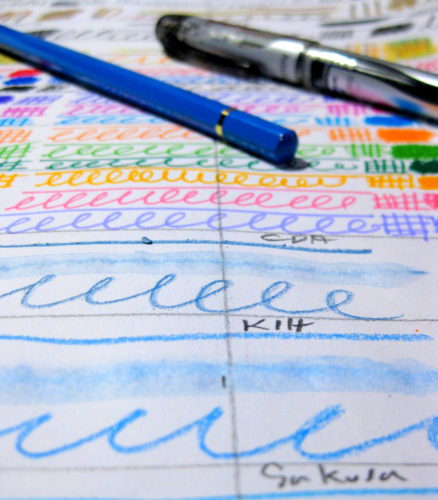
I’ve ranted and raved about acid free and to a point, archival, now being little more than a ridiculous marketing term, when the more important item to focus on is lightfastness.
What does lightfast mean? That when exposed to sunlight the color and shade of the item in question, be it paper, ink, or other pigmented item, doesn’t shift or change. That is to say, exposure to sunlight, or light, does not change the color of whatever has been used to make the artwork.
Does lightfastness mater? Only if you decide to make art for sale, or for yourself, that you plan to hang on the wall. If you don’t plan on making art for anyone but you and you intend for it to stay within the confines of your art journal, then no, lightfast matters little.
How does one test for lightfast? I have a sketchbook in which I divide a page into 2 columns with a number of rows that span both columns. The number of rows depends on what I’m testing. Generally, I make each row about 1 inch high. I use graphite pencil, as graphite is lightfast.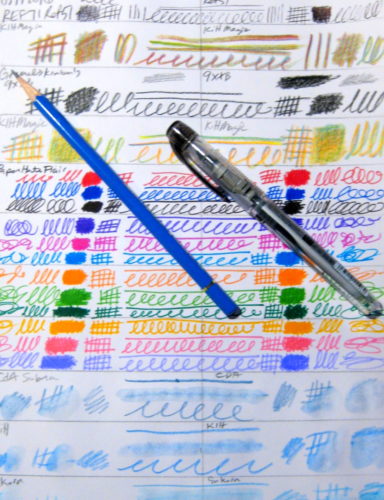
I label the top of the page with the date. I then fill in each row, across columns with various scribbles, hatches and line weights of the item I’m testing. With watercolors and markers I use a variety of amounts of pigment in water. After I’ve filled in a page, I cut off the right half of the page and hang it in a south facing window. I’ll notice shifts in color as quickly as in a week. The Kuretake Clean color brush markers? Oh so pretty, colors shifted in a week. Copic sketch markers? Same. Sharpies? Gone in 2, massive alterations in shade in a week.
Basically, I look at the sheet in a week, then again in 2 weeks. Sometimes it will take longer to notice changes if it has been cloudy or raining. Testing can also be done with a bulb that emits a full spectrum of light. Using sunlight is cheaper.
Why do I test? Not all of my art is made for sale, a great deal of what I create will never see the wall or sunlight other than when the pages of my journal are opened. But when I do create art that is for sale, it is important (to me) that if someone has paid me for my art that it is still there for them a year from now. I’ve sold work in the past only to find out that the pen I thought was lightfast, was indeed not.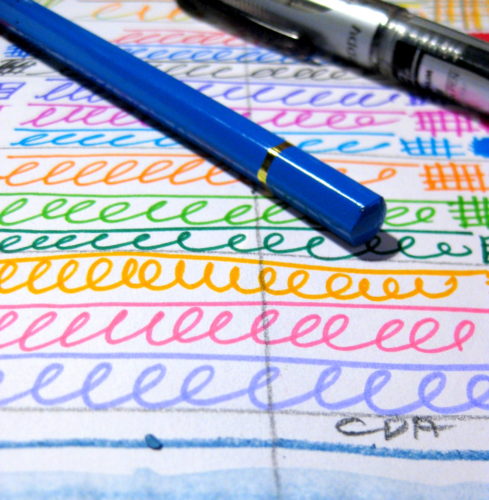
Oh before anyone asks, pencils made of graphite or carbon are lightfast. There is rarely any need to test them.
